Thinking about getting a robot vacuum? Real user reviews reveal a common truth: while these devices can make daily cleaning easier, they're not perfect - and they don't work the same in real homes as they do in lab tests.
Why would people love a life with a robot vacuum?
What people wish they knew before they buy a robot vacuum?
And where can I get useful information before I decide?
This guide breaks down what real users love - and don't - about robot vacuums in daily use. Whether you're researching Dreame or other top brands, here's what to expect before you buy.

What Users Love About Their Robot Vacuums
Advantage 1: "I Don't Have to Think About Cleaning Anymore"
Most people don't buy robot vacuums for fancy features - they want real automation. In fact, 73% of users on Reddit and Amazon said hands-free scheduling was their top reason for buying one.
Newer models with self-emptying bases make life easier:
- They can hold dust for 30 to 60 days. [1]
- Some are bagless, so you don't need to keep buying bags.
- You can adjust how often they empty based on your home.
Smart control has also improved. Today's robots can understand voice commands like "Avoid the rug near the balcony," thanks to built-in AI. They also work smoothly with Apple Home, Google Assistant, and Alexa - just say "Clean the kitchen after dinner," and the vacuum gets to work.

Advantage 2: "It Just Glides Over Everything"
Smart navigation works. Navigation failures used to be the biggest complaint about robot vacuums. Modern systems have dramatically addressed this pain point with measurable improvements.
Key Navigation Advances:
- Reduction in "stuck vacuum" incidents since 2024 (LiDAR + AI systems).
- Advanced threshold climbing capability with mechanical lifting systems.
- Single-run mapping accuracy that users consistently praise.
One user in Reddit communities of robot vacuum says: "It memorized my basement layout after a single run."
With better mapping, the robot can clean on its own without getting stuck all the time. You don't have to watch it - just let it run while you sleep or go out.

Advantage 3: "My Hardwood Floors Have Never Looked Better"
Users' tests confirm that modern robot vacuums clean hard floors well. They can move smoothly and pick up dirt across many floor types.
A buyer of Dreame L10s Ultra said: Our floors have never looked so good...I have the robot vacuum three times a week at the 2X setting and a vacuum and mop on Saturdays. Our floors have never looked better. The area rugs look new, and the hardwood/vinyl appear pristine.
And there's also a review about Dreame's X50 Ultra, which highlights that robot vacuums have excellent hard floor cleaning results:
- Modern robots easily collect "a majority of the large, small, and powder debris on its first pass" on hard floors.
- Dreame X50 Ultra delivers "the most thorough mopping I've experienced so far" with an extending side brush and mop pads for superior edge cleaning.
- Edge cleaning has significantly improved with extending brushes providing "the most rigorous edge clean I've personally experienced".
Advantage 4: "No More Pet Hair Tumbleweeds"
Pet hair management represents one of the most significant technological leaps in robot vacuum design.
A Youtube review says: Hair tangles are usually a problem, especially with rollers that include bristles, but I'm pleased to report that both the side brush and dual roller system managed to avoid any hair wrapping around them...if you're a pet owner... the dual rollers and larger internal dust bin with its hair compression feature make it a perfect robot for handling pet hair.
Anti-Tangle Technology Performance:
- Significant reduction in hair wrap-around through advanced brush designs.
- Dual-brush systems that channel hair to prevent tangles.
- Open funnel designs that direct hair straight to the dustbin.
Testing keeps showing that rubber rollers are better at handling pet hair. They collect more and are easier to clean, which helps pet owners spend less time on maintenance.

Advantage 5: "It Takes Care of Itself"
Real users are amazed by how hands-free modern robot vacuums have become. As one reviewer noted about the Dreame X40 Ultra: "Dreame says you can be hands-free for up to 75 days," and "it auto empties the dust into the bag, dirty water goes into the dirty water tank, and of course you have the clean water and detergent that it will take as needed."
What the Dock Can Do:
- Empty the dustbin automatically.
- Refill the water tank from a built-in reservoir.
- Wash and dry the mop pads.
- Clean the base station itself.
- Auto-dispense cleaning solution when needed.
With features like auto-emptying, self-cleaning dock, and automatic mop detachment/reattachment, these advanced docking stations handle most maintenance tasks automatically, making robot vacuum ownership more hands-free than ever before.
Advantage 6: "One Robot, Two Jobs Done Perfectly"
Robot vacuums that can vacuum and mop are getting great reviews. Tests and user feedback show they work well, thanks to smart features that adjust to different floor types.
Why Combo Robots Work Well:
- Fast-spinning mop pads help scrub the floor better.
- They can tell when they're on carpet and lift the mop automatically.
- They clean for longer without needing help from you.
These robots are especially loved by people with both hard floors and carpets. They can vacuum and mop in one run, switching modes on their own.

What Users Wish They Knew Before They Buy Robot Vacuums
While these advanced features have made robot vacuums more helpful than ever, users also point out a few things they wish they had known earlier. A robot vacuum does not seem to fix all. And some limitations only show up after weeks of use.
Downside 1: "Still Gotta Vacuum the Rugs"
Even though ads make big claims, simpler robot vacuum models still have trouble with carpets—especially thick ones.
The Reality Check:
- Medium carpets are hard for most robots to clean well.
- Pet hair stuck deep in the carpet is tough to remove.
- Thick rugs can block the vacuum from moving at all.
Many users find they still have to use a regular vacuum once a week, even if the robot runs every day. As one reviewer put it, "It's like using a broom on shag carpeting." Robot vacuums are better for light daily cleaning, not for deep carpet work.
Downside 2: "Hidden Maintenance Costs Add Up"
The price of the robot vacuum isn't the full story. Many users are surprised by how much they spend later on things like filters, brushes, and dust bags.
Typical Maintenance Costs:
- Filters: $10–30 every 3 to 6 months.
- Brushes: $15–40 every 3 to 4 months.
- Dust bags: $20 for a pack of three (for self-emptying models).
- Battery: $50–100 after 2 to 3 years.
A full replacement kit with filters and brushes costs around $62, and you'll likely need two kits per year. Some filters cost $35 for three, and the app often reminds you to replace them, even if they still seem okay. Over time, these costs add up more than many people expect.
Plus, since many owners still use a regular vacuum for deeper cleaning, the robot doesn't fully replace manual work. Instead of saving energy, it often means running two machines - and using more electricity.
Downside 4: "You Still Have to Take Care of It"
Even though ads say you can "set it and forget it," many users still spend time every week taking care of their robot vacuum. In fact, many of the users report weekly cleaning tasks.
Weekly Chores Often Include:
- Pulling out hair from brushes and wheels.
- Wiping dust off sensors.
- Removing small objects that get stuck.
- Cleaning the charging points.
If you have pets, the dust bag in the auto-empty dock can fill up fast - some people replace it every two weeks. Even top models with self-cleaning systems still need regular care to keep working well.
And that's not all. Even advanced models might miss some spots while cleaning, especially in busy, lived-in spaces with furniture, clutter, or rugs. Robots can mistake dark floor tiles for "cliffs" and skip entire sections. They might leave dirt in corners, around furniture legs, or next to rugs. Even the best ones sometimes leave a little lint or a piece of leaf right where you can see it.
Downside 5: "Balancing Price with What You Really Need"
While high-end robot vacuums ($1,299–$1,599) often come with impressive features, the actual improvement in cleaning performance compared to mid-range models isn't always dramatic. In fact, many $300–$600 models offer a great mix of power, smart navigation, and mopping capabilities, enough for most households.
What You Might Notice:
- Entry-level (<$500): Affordable but may miss key features like strong suction or effective mopping. Great for light use or small spaces.
- Mid-range ($300–$600): Often the sweet spot: solid suction, multi-surface support, and smart features at a reasonable price.
- Premium ($800+): Ideal if you want a top-tier experience, but unless you use every feature regularly, the value can feel underwhelming.
If you're eyeing a premium model, make sure it fits your cleaning habits and space, not just your wishlist.
So, How Do You Choose the Best Robot Vacuum?
It depends on your home, your floors, and what matters most to you. But in general, look for a vacuum that offers:
- Strong cleaning performance on hard floors and low-pile carpets.
- Smart mapping and obstacle avoidance for less babysitting.
- Mop-lifting technology, if you have mixed flooring.
- A self-emptying base to reduce daily chores.
- Quiet operation, especially if you work from home.
- Clear support for maintenance and part replacements.
Where to Find Honest, Detailed Robot Vacuum Reviews:
- Reddit communities like r/robotvacuums (real user feedback, photos, tips).
- YouTube reviewers such as The Smart Home Hookup and Vacuum Wars (real-world testing and side-by-side comparisons).
- Amazon and Best Buy reviews, sorted by "Most Helpful".
- Lab-tested results from Consumer Reports or Wirecutter.
- And search more for a detailed robot vacuum buying guide and discussion about their pros and cons.
Final Take - Know the Gaps Before You Buy
Robot vacuum reviews show what daily life with a robot cleaner really looks like.
If your home has smooth floors, light clutter, and you're looking to free up time, robot vacuums can deliver a major quality-of-life upgrade. But real users agree: they're not fully set-and-forget. Carpets still need help, maintenance adds up, and price doesn't always guarantee performance.
For the best experience, look beyond the spec sheet. Focus on how well the robot fits your space, your routines, and your expectations. A model that excels in your home type beats a higher-end device that doesn't.
5 FAQs: What People Ask Before Buying a Robot Vacuum
Q1. Will a robot vacuum replace my upright vacuum?
A: Not entirely. On hard floors, it might. But for thick carpets or deep cleaning, most users still rely on a traditional vacuum once a week.
Q2. Do I need Wi-Fi for a robot vacuum to work?
A: Most models can run without Wi-Fi using manual start, but Wi-Fi enables app control, scheduling, and firmware updates - features many users find valuable.
Q3. Can I use a robot vacuum in a home with stairs?
A: Yes, but you'll need to carry it between floors unless it comes with multi-floor mapping. Most use drop sensors to avoid falling down stairs.
Q4. How often do robot vacuums need maintenance?
A: Weekly light maintenance is common - emptying the bin, cleaning sensors, and checking for clogs. Mop modules and side brushes may need deeper cleaning monthly.
Q5. Are budget models under $500 worth considering?
A: They can be, especially for small apartments with hard floors. Just know that lower-end models may lack mopping, strong suction, or advanced obstacle detection.
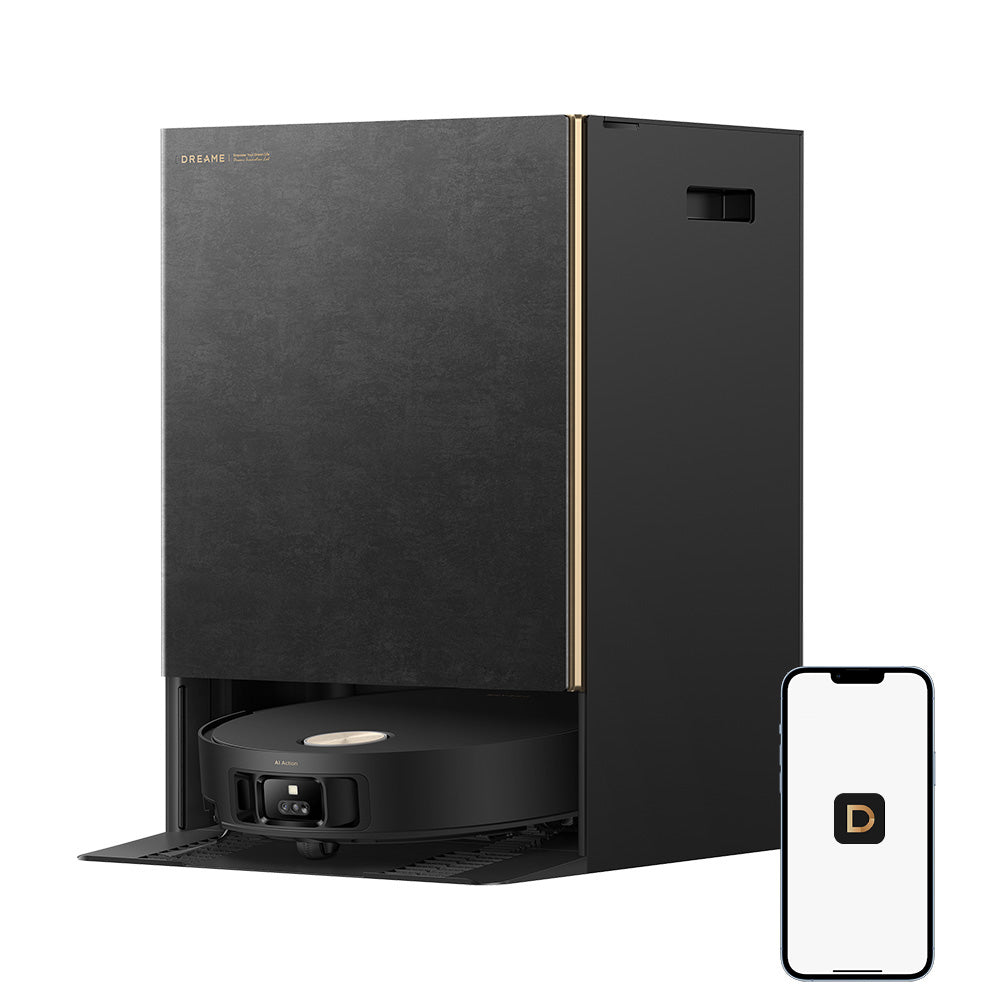
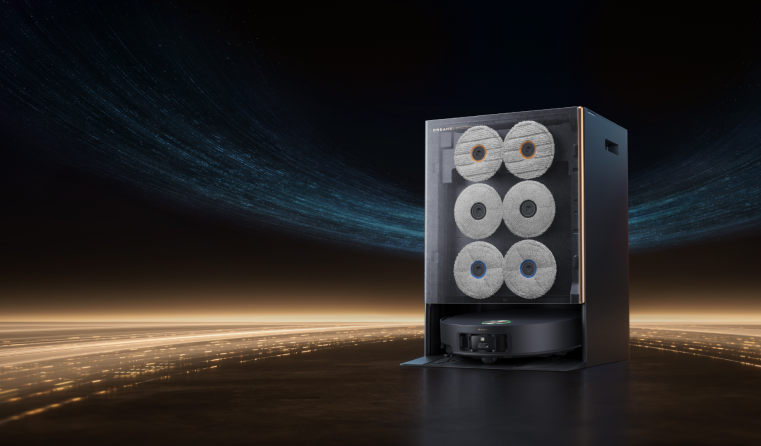
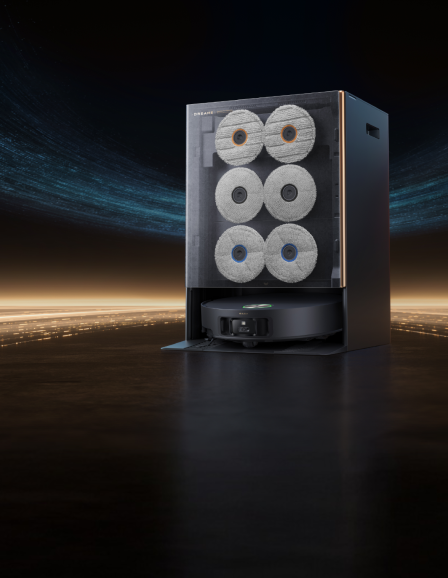
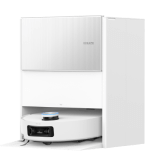
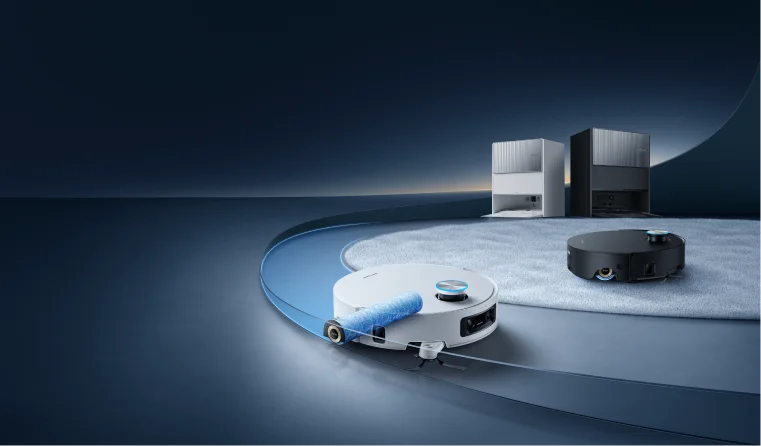
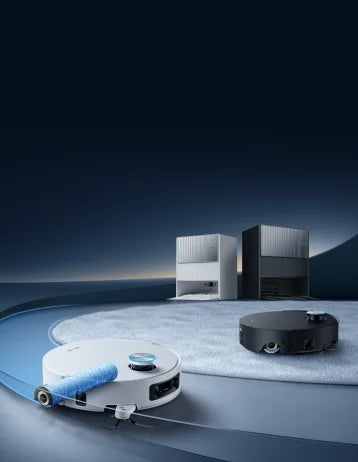
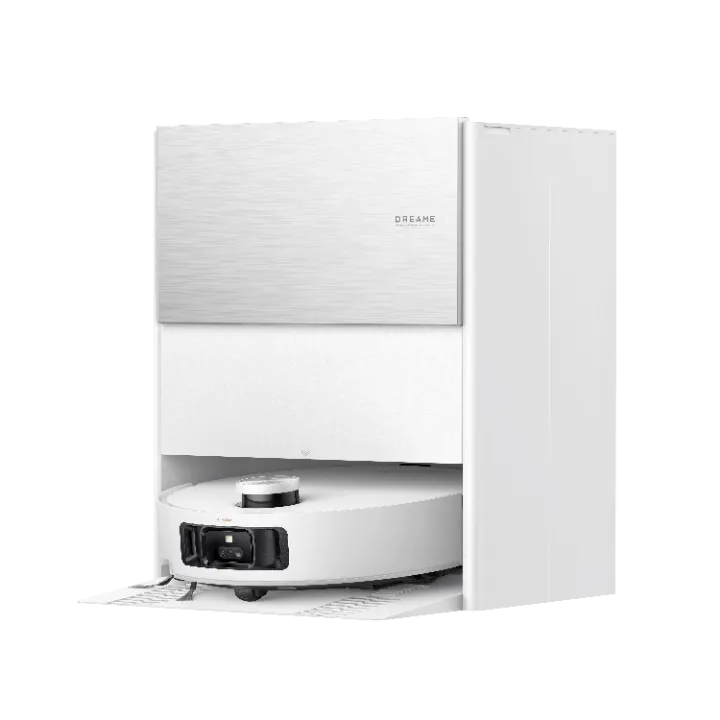
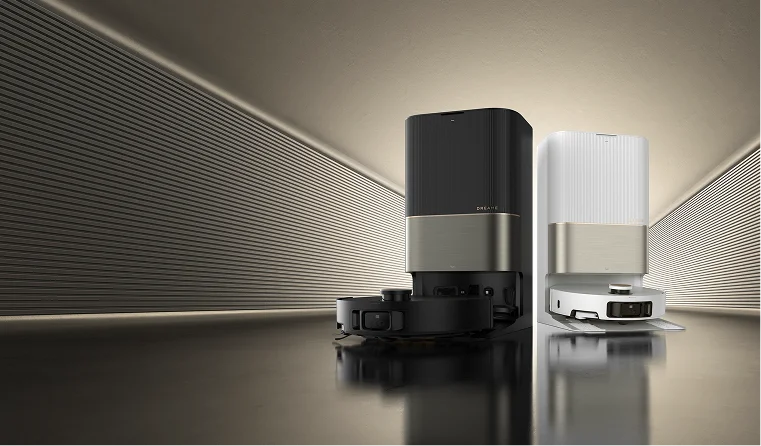
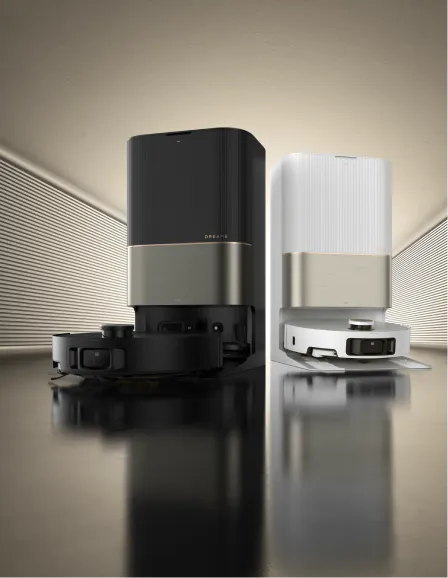
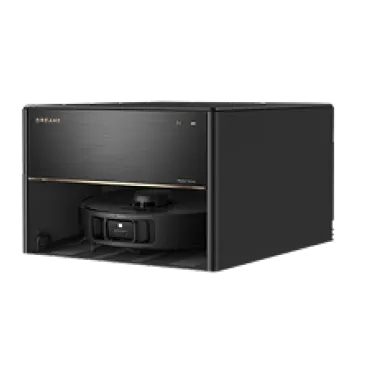
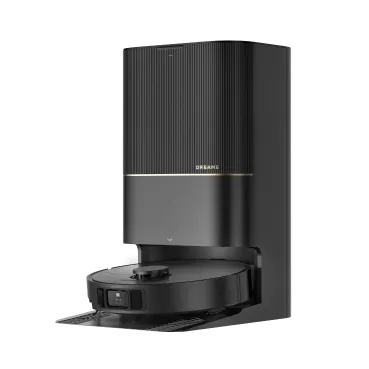
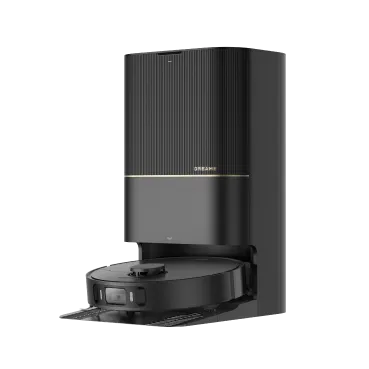
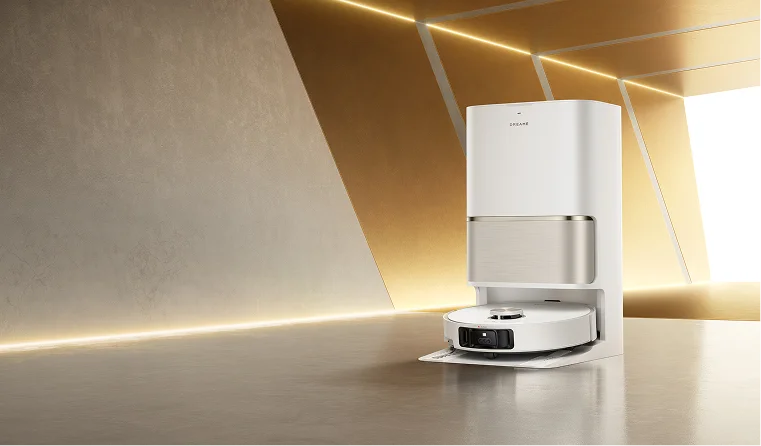
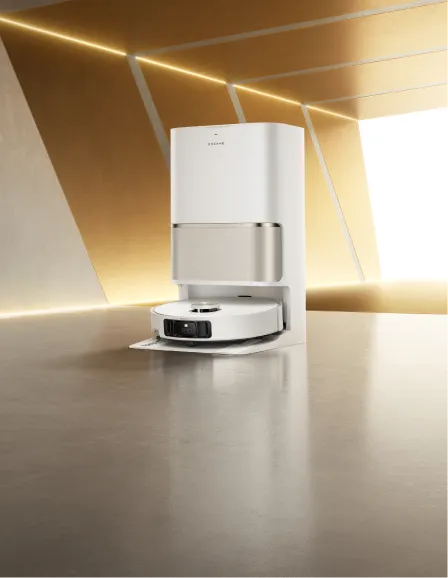
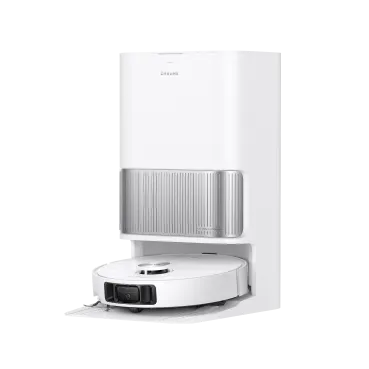
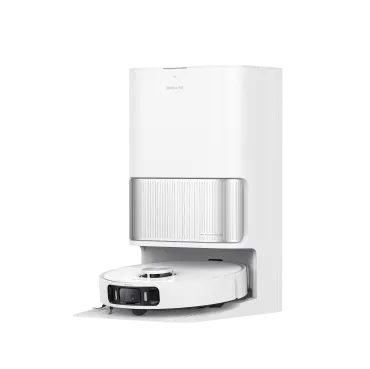
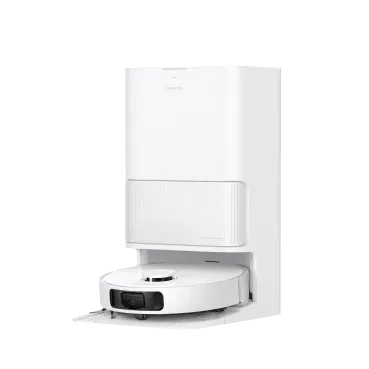
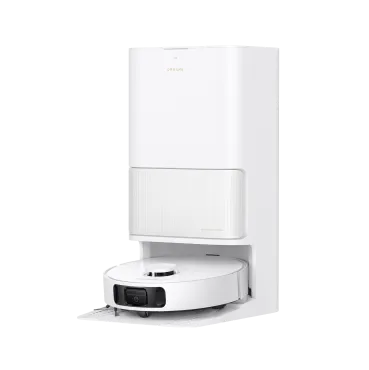
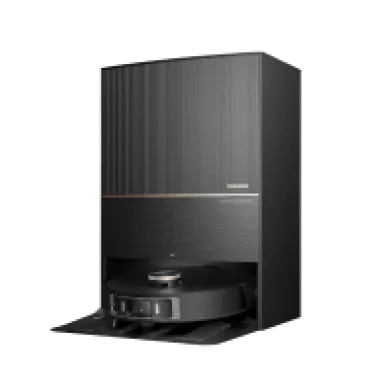
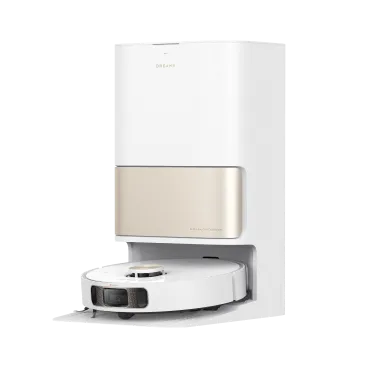
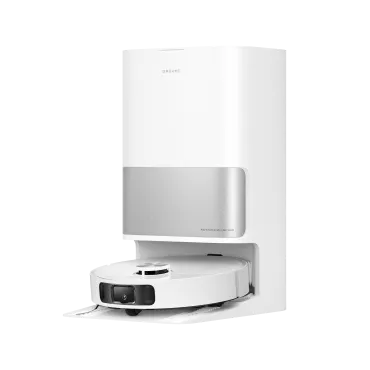
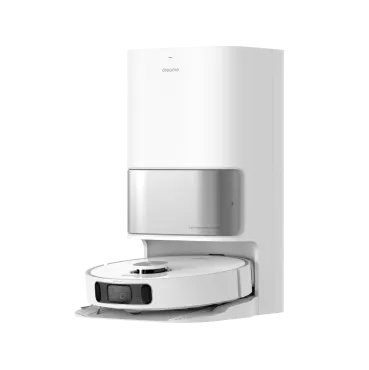
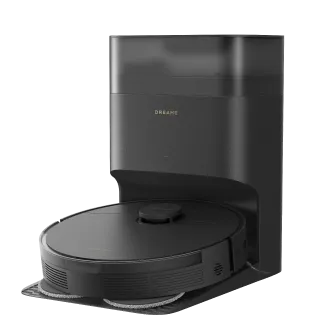
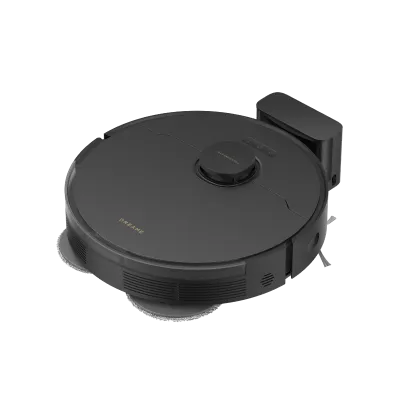
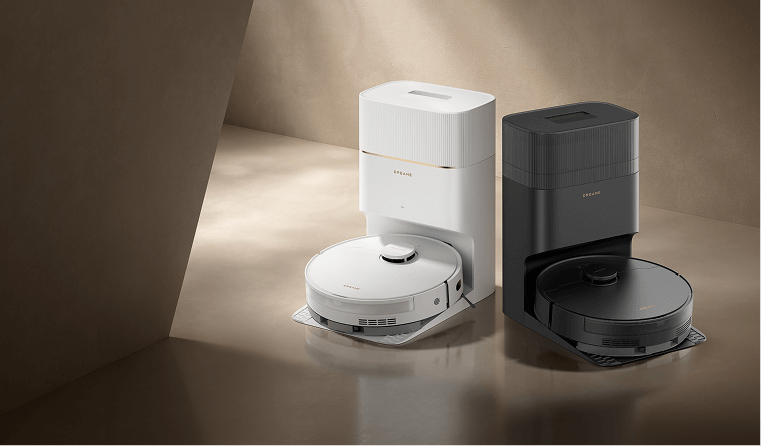
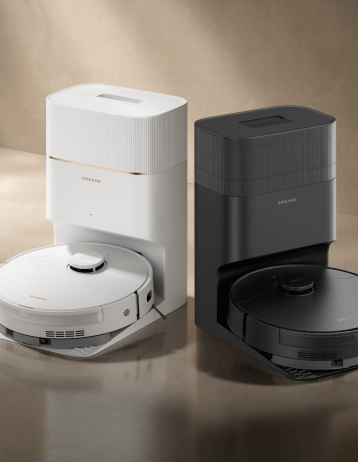
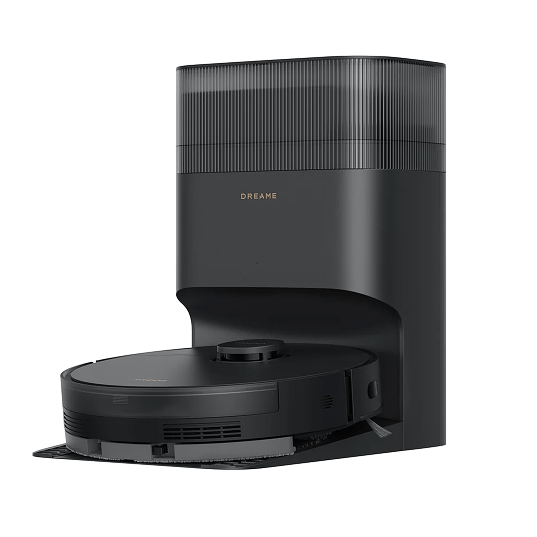
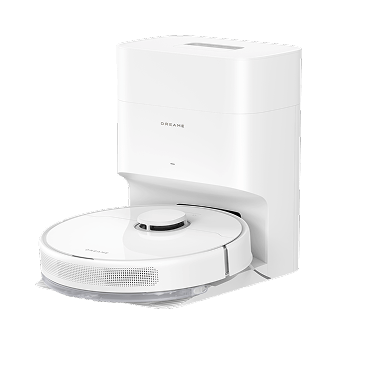
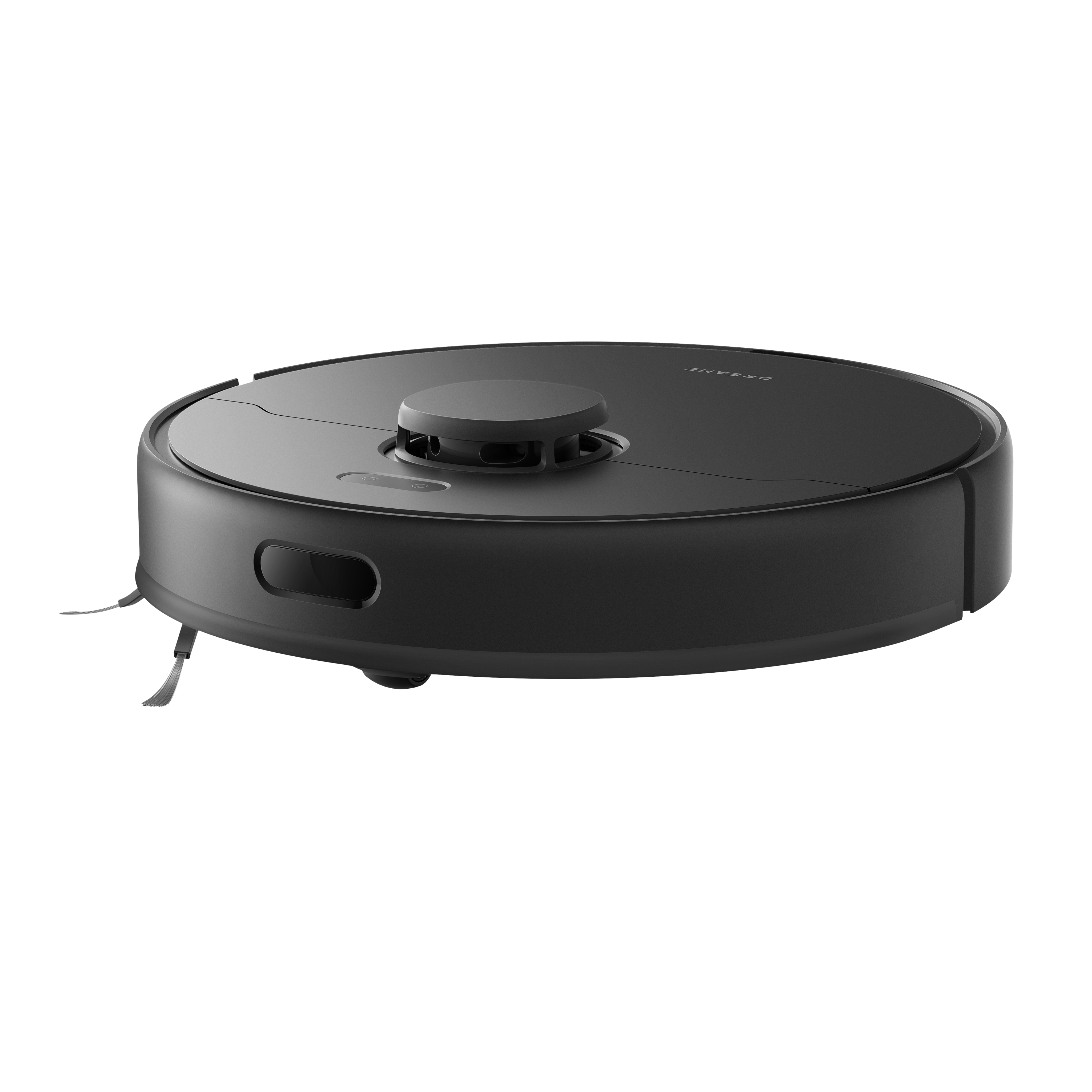
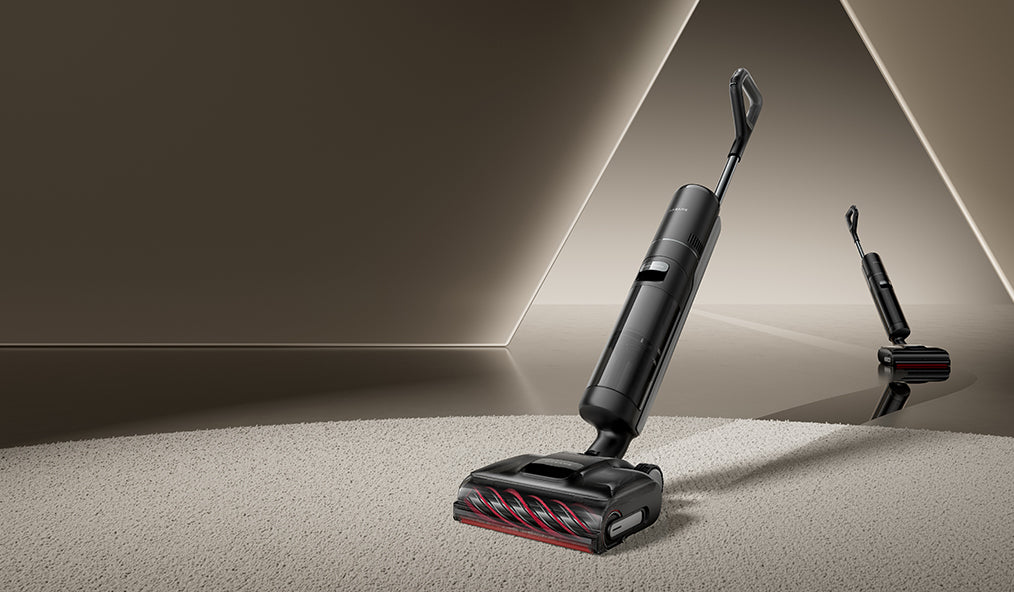
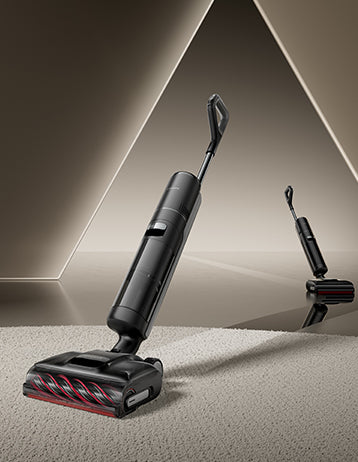
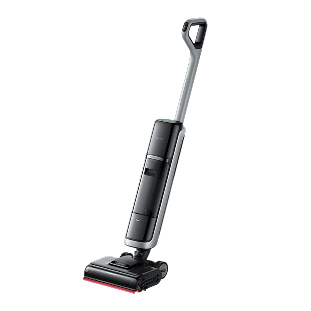
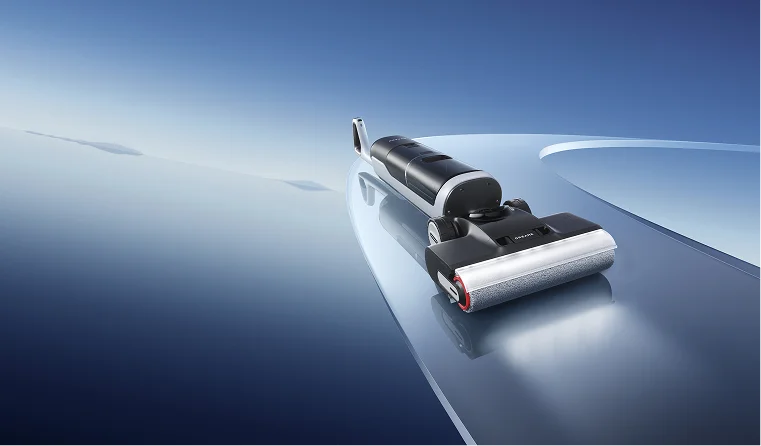
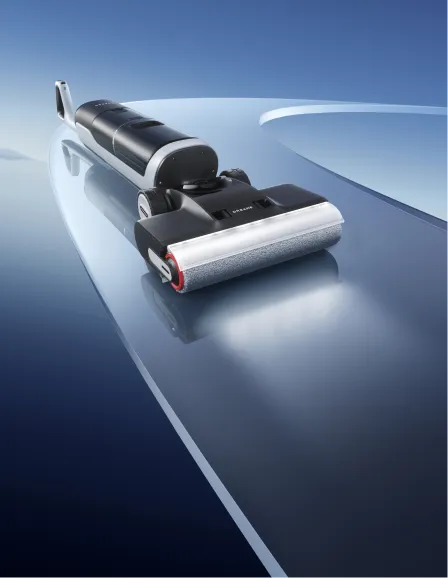
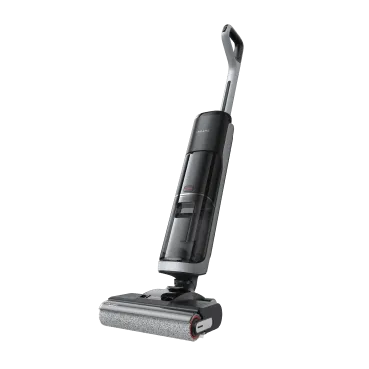
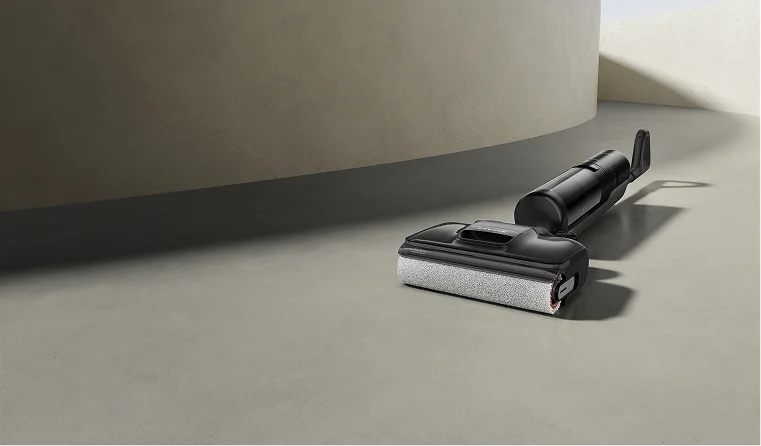
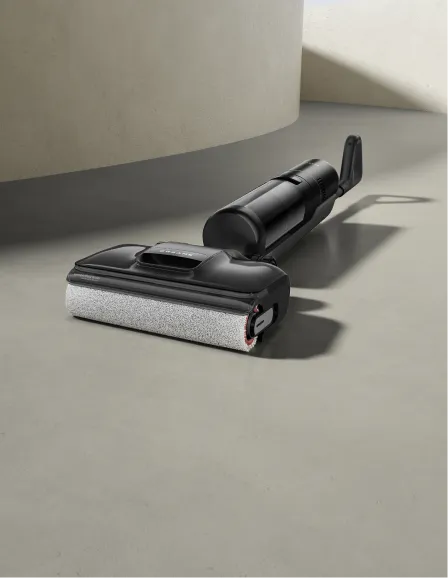
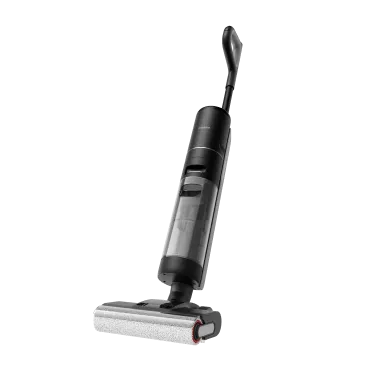
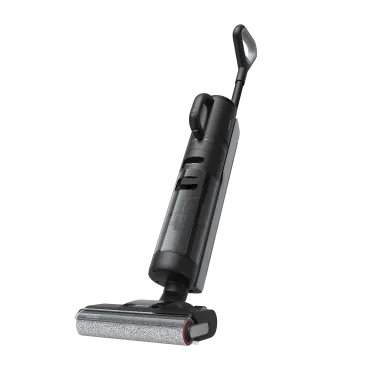
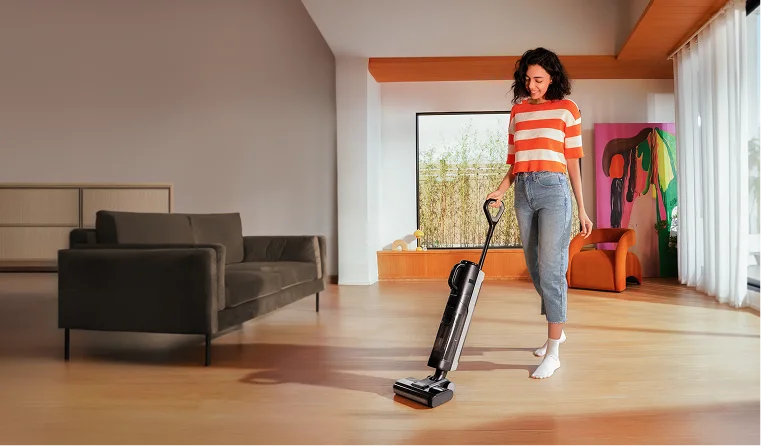
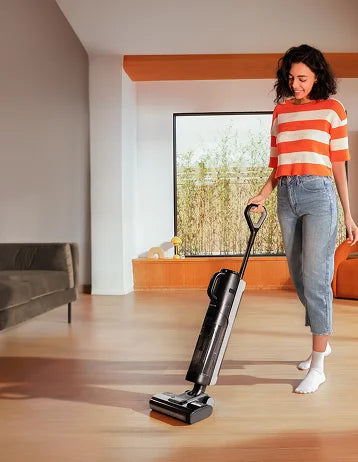
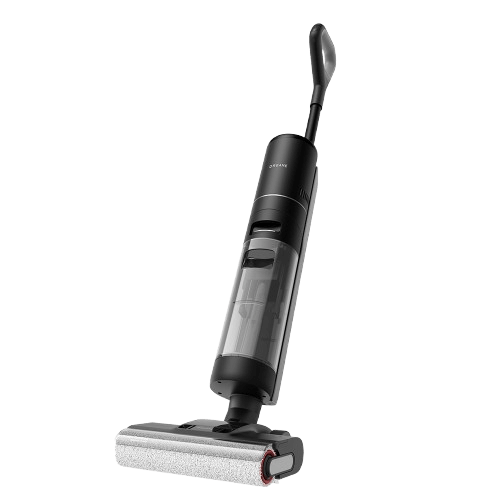
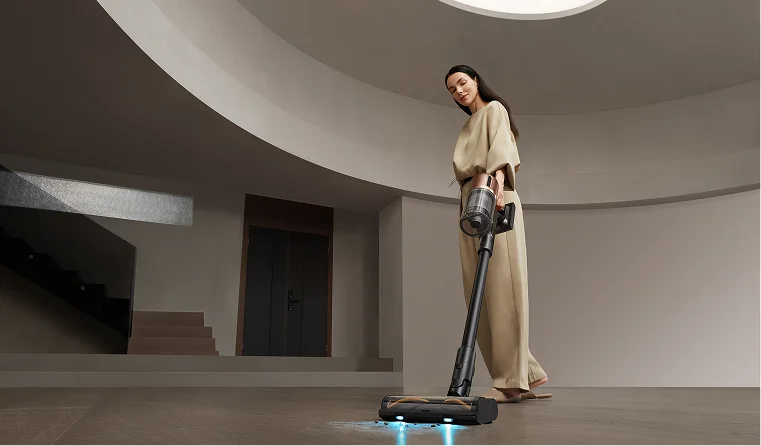
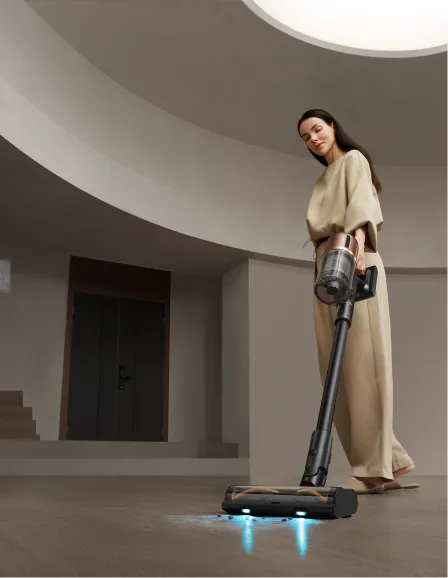
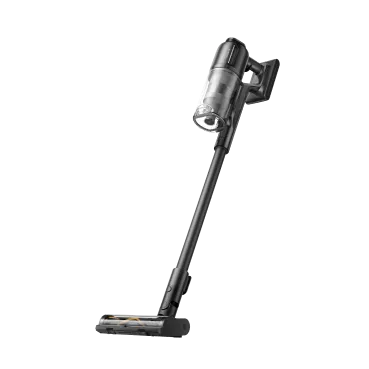
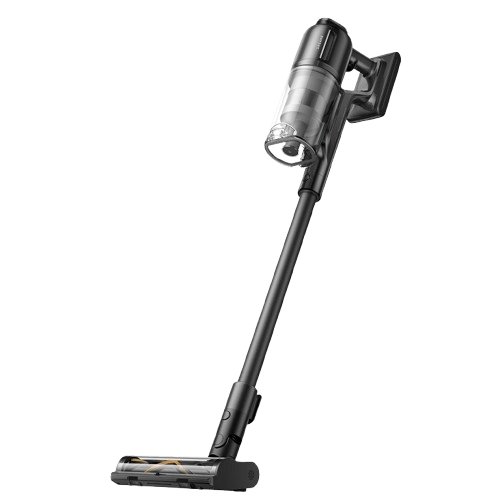
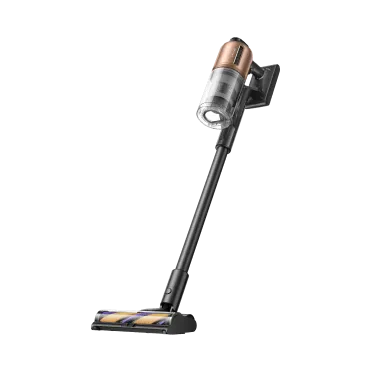
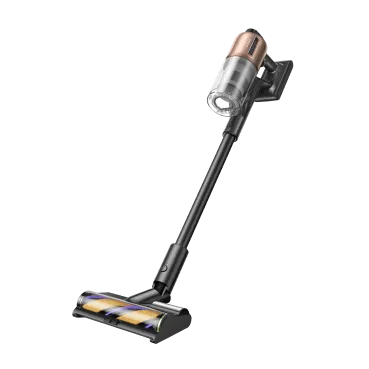
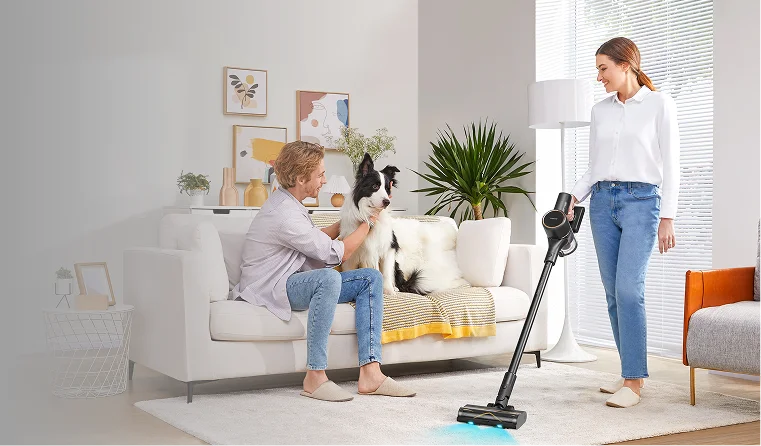
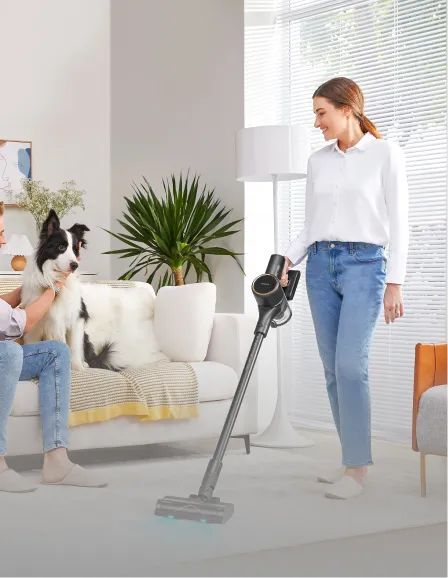
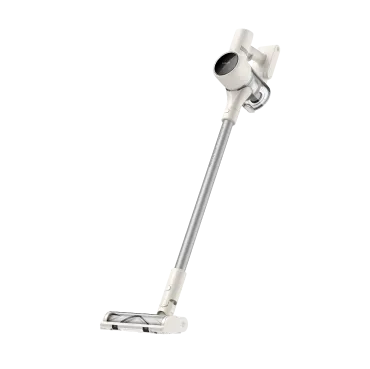
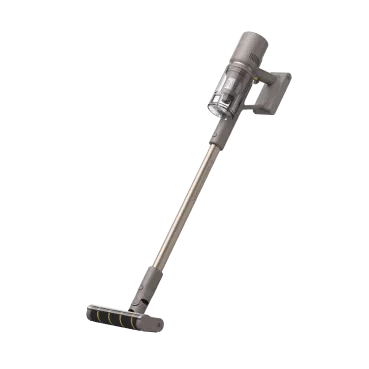
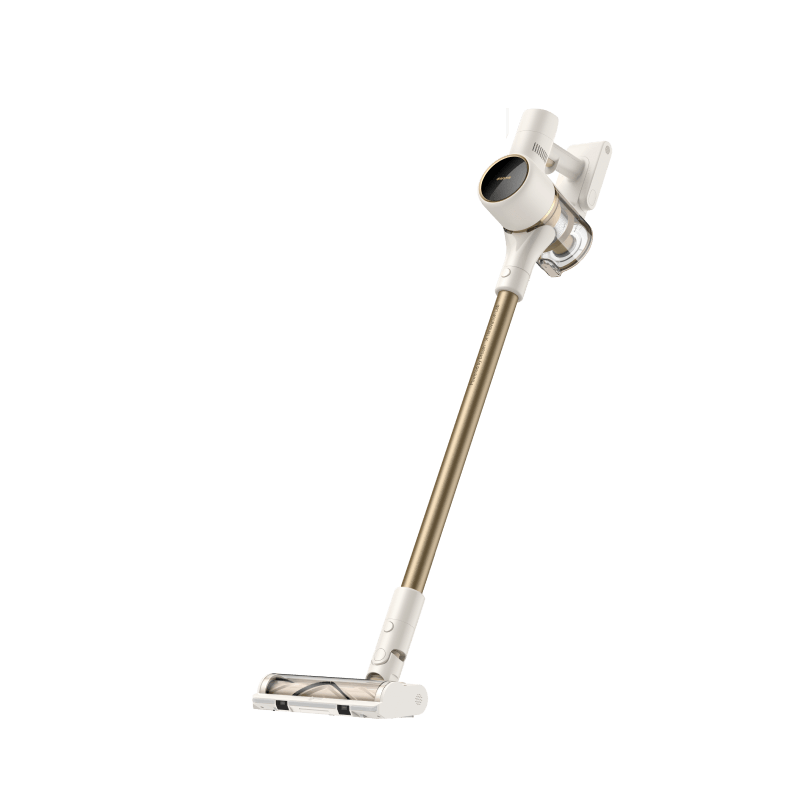
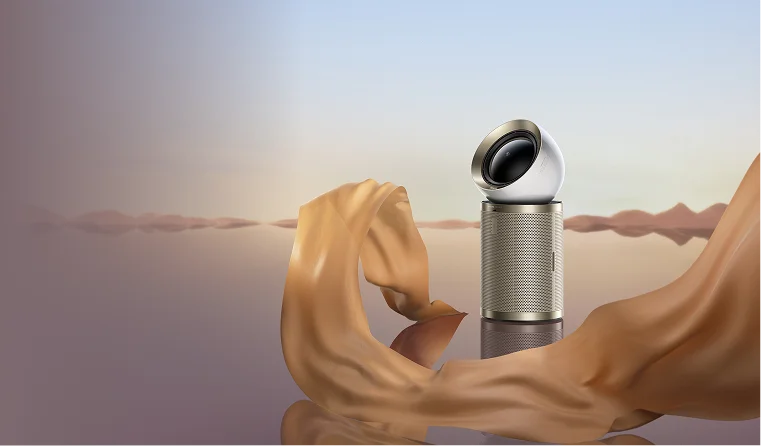
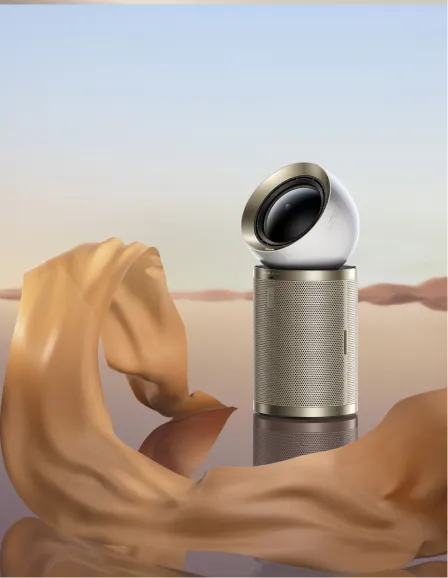
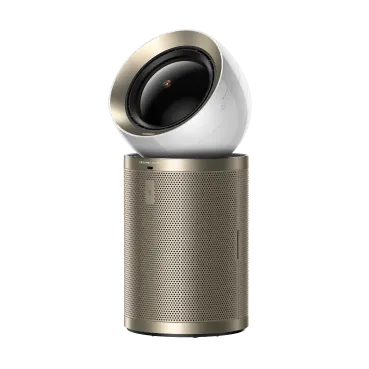
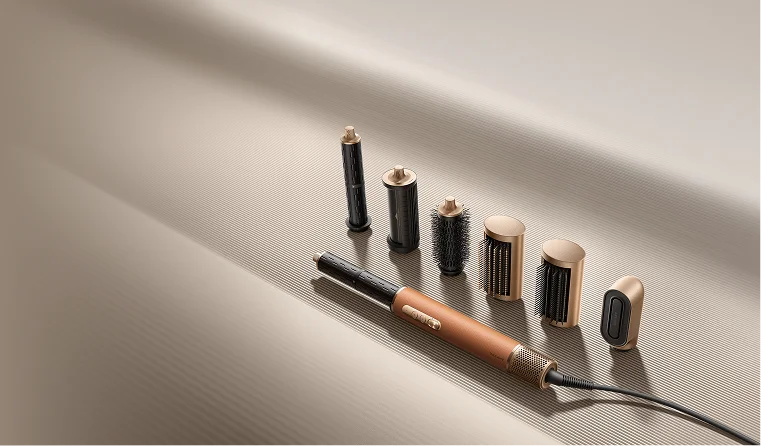
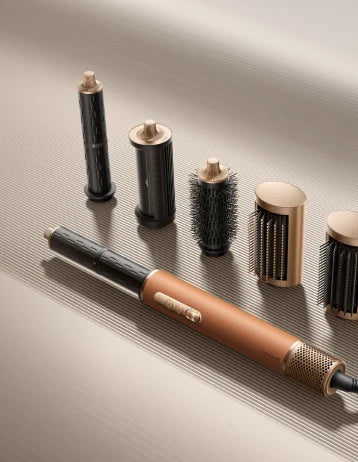
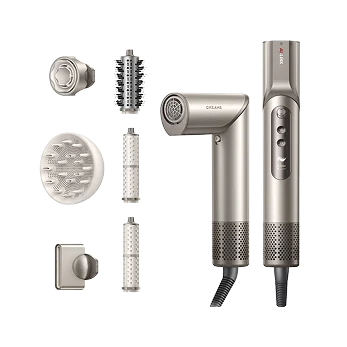


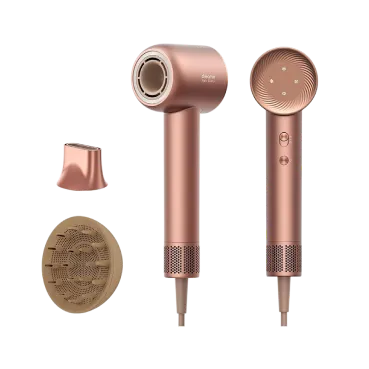
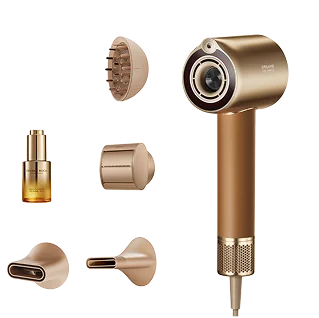
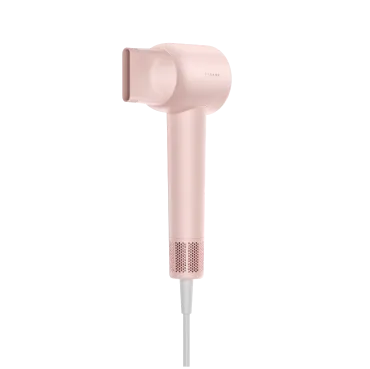


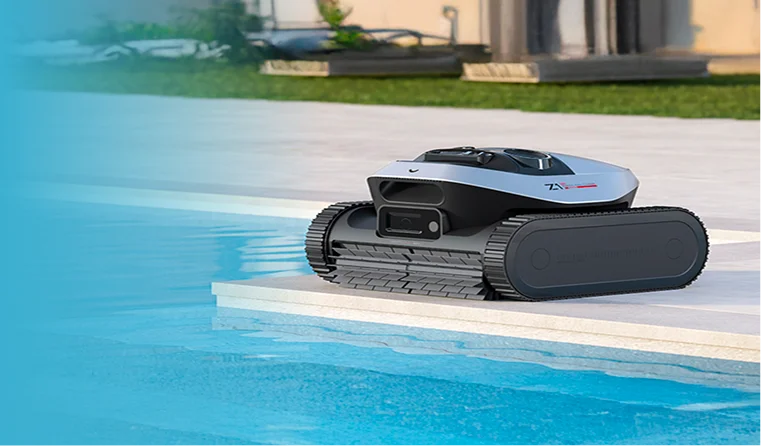
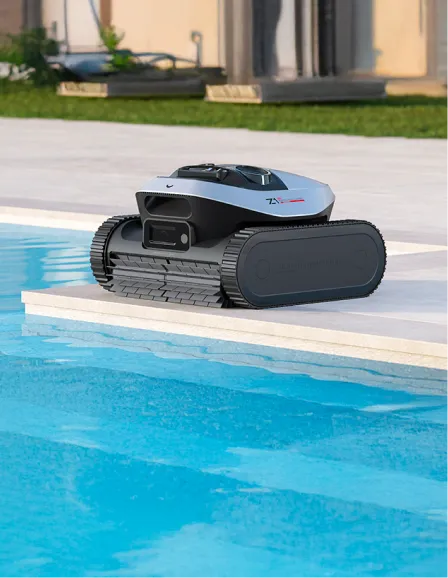
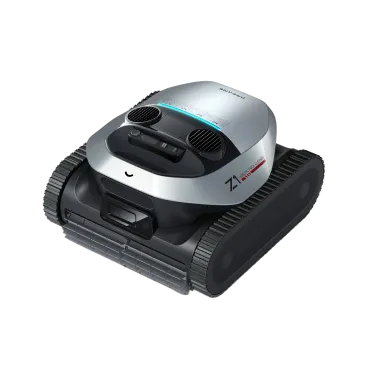
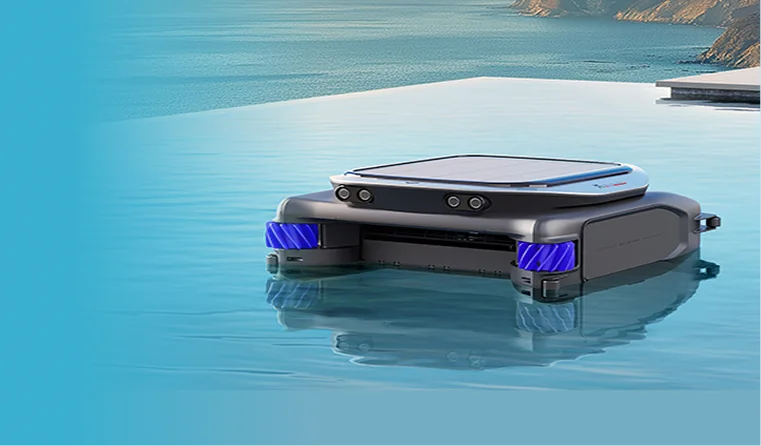
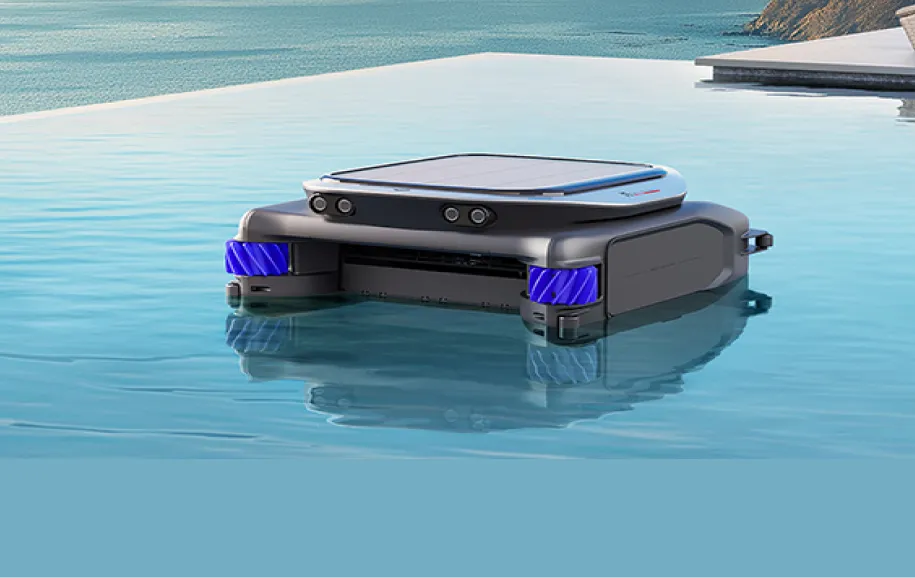










 Australia
Australia 中国大陆
中国大陆 日本
日本


 Türkiye
Türkiye


 Italia
Italia
 Netherlands
Netherlands Belgium
Belgium
 Greece
Greece Polska
Polska
 Norway
Norway
 Sweden
Sweden
 Finland
Finland
 Denmark
Denmark
 Hungary
Hungary Czechia
Czechia
 Slovenia
Slovenia
 Croatia
Croatia
 Switzerland
Switzerland United Kingdom
United Kingdom
 Canada
Canada



